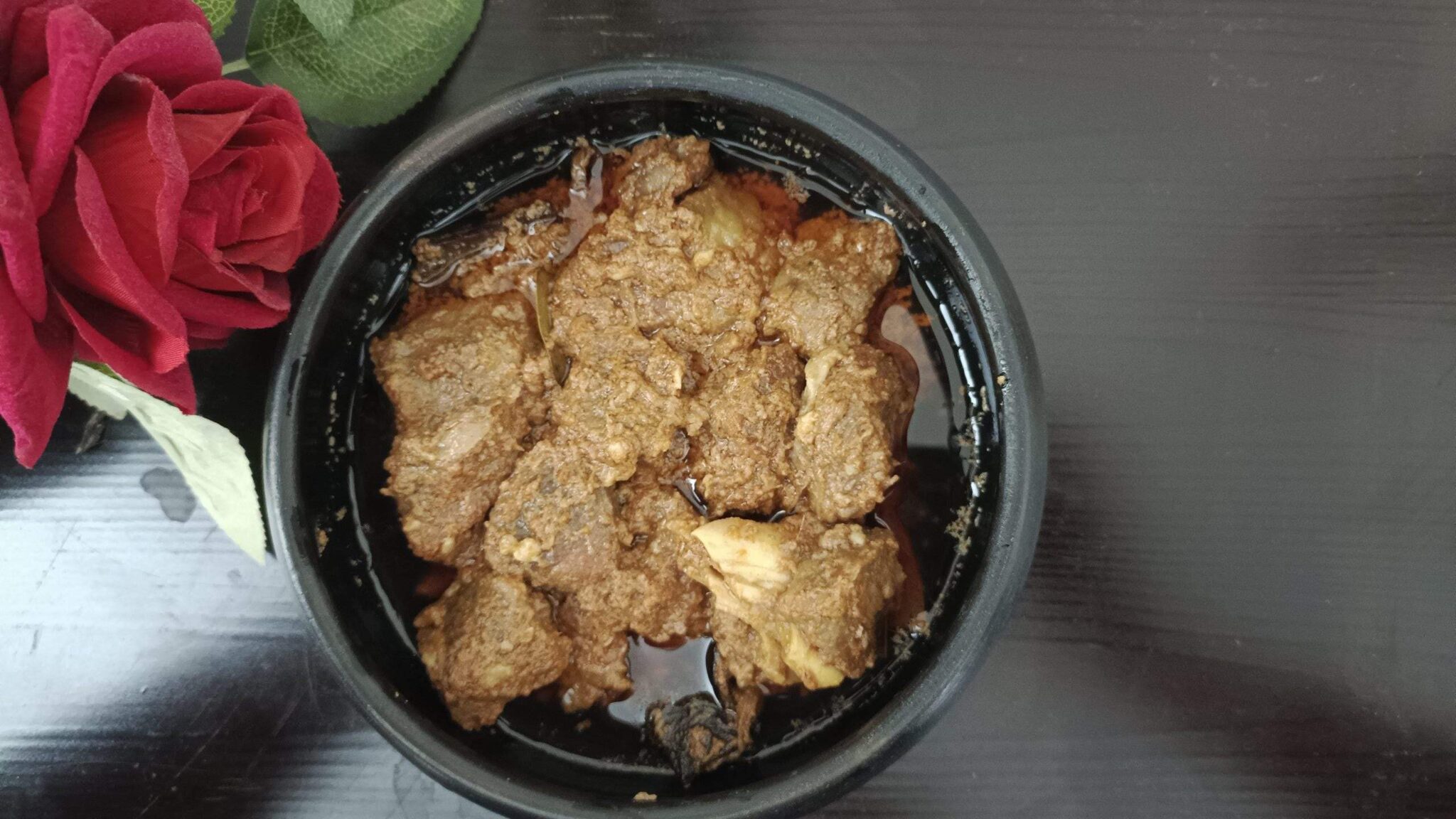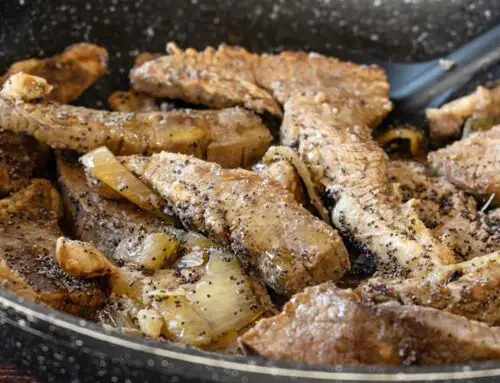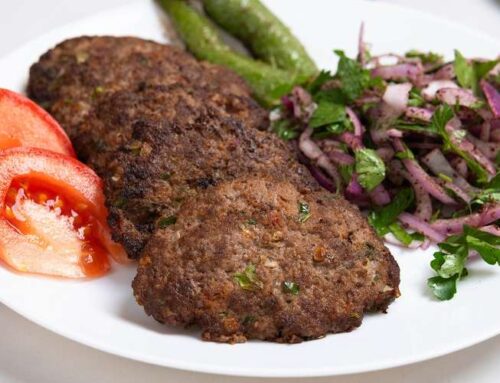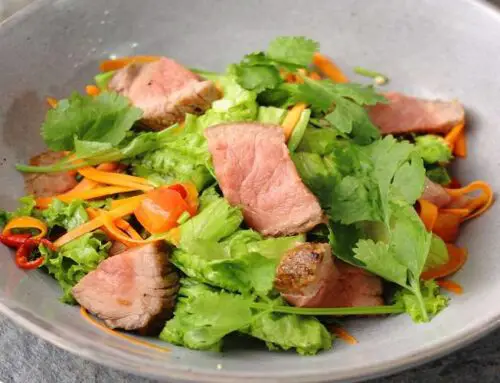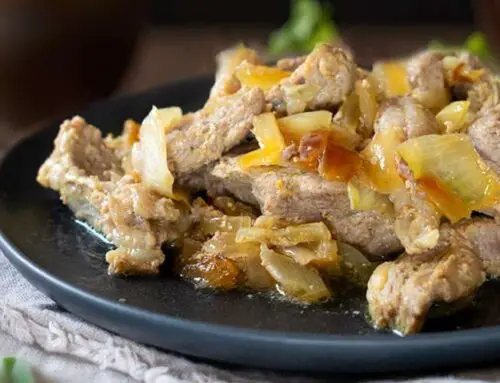Beef/Mutton Chaap, a popular delicacy in South Asian cuisine, is a dish that satisfies the cravings of meat lovers with its succulent and flavorful meat. It is a flavorful and spicy dish made with tender pieces of beef or mutton (cow or goat or lamb) cooked in rich gravy. Known for its rich taste and tender texture, beef/mutton chaap is a dish that holds a special place in the hearts of food enthusiasts.
Not only does it provide a delightful culinary experience, but it also offers numerous health benefits that make it an excellent choice for those looking to maintain a balanced and nutritious diet, The blend of spices used in Beef/Mutton Chap, such as ginger, garlic, turmeric, and cumin, adds depth, aroma, and a touch of heat to the dish. Exploring the flavors of these spices can expand your culinary horizons and introduce you to new taste sensations.
The word “chap” is derived from the Urdu language and refers to the process of frying or sauteing the meat. The dish typically involves marinating the meat in a mixture of spices, such as ginger, garlic, turmeric, cumin, coriander, and chili powder. The marinated meat is then cooked in a combination of oil, onions, tomatoes, and additional spices until the meat is tender and the flavors have melded together. The combination of aromatic spices, tender meat, and a savory gravy creates a mouthwatering dish that is hard to resist.
Beef/Mutton Chap is often served with rice or ruti (flatbread) and is enjoyed as a main course in many households and restaurants. It is known for its robust and aromatic flavors, making it a popular choice for meat lovers in the region.
Historical Background of Beef/Mutton Chaap
Beef/Mutton Chaap has a rich historical background that spans across centuries. In ancient times, meat was considered a luxury and was often reserved for special occasions and feasts. It was a symbol of wealth and prosperity, often enjoyed by the elite and nobility. The association of beef and mutton chaap with prestige and status can still be seen today.
The origins of specific dishes like Beef/Mutton Chap are harder to pinpoint, as they have evolved over time through a combination of influences from various culinary traditions and regional preferences.
South Asian cuisine, including Indian, Pakistani, and Bangladeshi cuisines, has been shaped by a rich tapestry of influences. The Mughal Empire, which ruled over large parts of the Indian subcontinent from the 16th to the 19th century, significantly influenced the region’s culinary traditions. The Mughals introduced new cooking techniques, spices, and flavors that left a lasting impact on the cuisine
During the 1980s, there was a significant shift in the perception of meat within certain communities. Indeed, beef and mutton were associated with specific religious and cultural practices, making them less accessible or even stigmatized in some cases. However, over time, these perceptions have evolved and beef/mutton chaap has gained popularity among people from various backgrounds. This shift in perception can be attributed to several factors.
Also, regional variations and local ingredients have played a role in shaping the dishes. Different regions within India, Pakistan, and Bangladesh have their own unique styles of preparing and seasoning meat dishes.Over time, these culinary traditions and influences have contributed to the development of dishes like Beef/Mutton Chap, which showcase a blend of spices, flavors, and cooking techniques specific to the region. The historical background of Beef/Mutton Chap is not tied to a specific event or time period, but rather represents the culmination of centuries of culinary evolution in the Indian subcontinent.
Health Benefits and Nutritional Value of Beef/Mutton Chaap
Beef/Mutton Chap can provide various health benefits and nutritional value, depending on the ingredients and cooking methods used. Here are some general aspects to consider:
- Protein: Both beef and mutton are excellent sources of high-quality protein. Protein is essential for building and repairing tissues, supporting muscle growth, and maintaining overall health.
- Vitamins and Minerals: Beef and mutton contain essential vitamins and minerals, including iron, zinc, selenium, and B vitamins (such as vitamin B12 and niacin). These nutrients play vital roles in energy production, immune function, and maintaining healthy blood cells.
- Healthy Fats: While beef and mutton can contain fats, they also provide beneficial fatty acids. These include omega-3 fatty acids, which have been associated with various health benefits, including heart health and reducing inflammation.
- Amino Acids: Both beef and mutton are rich in essential amino acids, which are the building blocks of proteins. Amino acids are necessary for various bodily functions, including hormone production, muscle development, and immune support.
- Energy Source: The combination of protein, fats, and carbohydrates in Beef/Mutton Chap can provide a good source of energy to fuel your body.
- Spice Benefits: The spices used in the dish, such as ginger, garlic, turmeric, and cumin, may offer additional health benefits. For example, turmeric contains an active compound called curcumin, which has antioxidant and anti-inflammatory properties.
However, it’s important to consider that the overall healthiness of Beef/Mutton Chap can vary depending on the specific recipe and cooking methods used. As with any food, moderation is key. It’s always a good idea to balance your diet with a variety of nutrient-rich foods and to consult with a healthcare professional or registered dietitian for personalized dietary advice.
Beef/Mutton Chap can be enjoyed with rice, roti, or bread, making it a versatile dish that can be adapted to your preferences and dietary needs. You can pair it with a variety of side dishes, condiments, and accompaniments to create a well-rounded and satisfying meal.
Beef/Mutton Chap is a dish that deserves a place on your culinary exploration list. With its rich flavors, cultural significance, and versatility, it offers a delightful experience for food enthusiasts. The regional variations of Beef/Mutton Chap showcase the diversity and depth of South Asian cuisine, allowing you to discover new tastes and cooking techniques.
Moreover, the nutritional value of Beef/Mutton Chap, when prepared with lean cuts and healthier cooking methods, provides protein, vitamins, and minerals essential for a balanced diet. The exquisite blend of spices adds depth and aroma to the dish, introducing you to new flavor profiles.
Whether you’re looking to expand your culinary horizons, connect with different cultures, or simply savor a delicious and satisfying meal, Beef/Mutton Chap is a must-try dish. Its rich flavors, cultural significance, and the joy of exploring its regional variations make it an exciting and memorable culinary experience.
Ingredients
- 1/2 cup yogurt
- 1 tsp garlic
- 1 tsp ginger
- 1/2 tsp black pepper
- 2 cinnamon
- 2 bay leaf
- rock salt pinch
- 1 tsp sugar
- 1/2 kg beef/ mutton
- 1 cup cooking oil
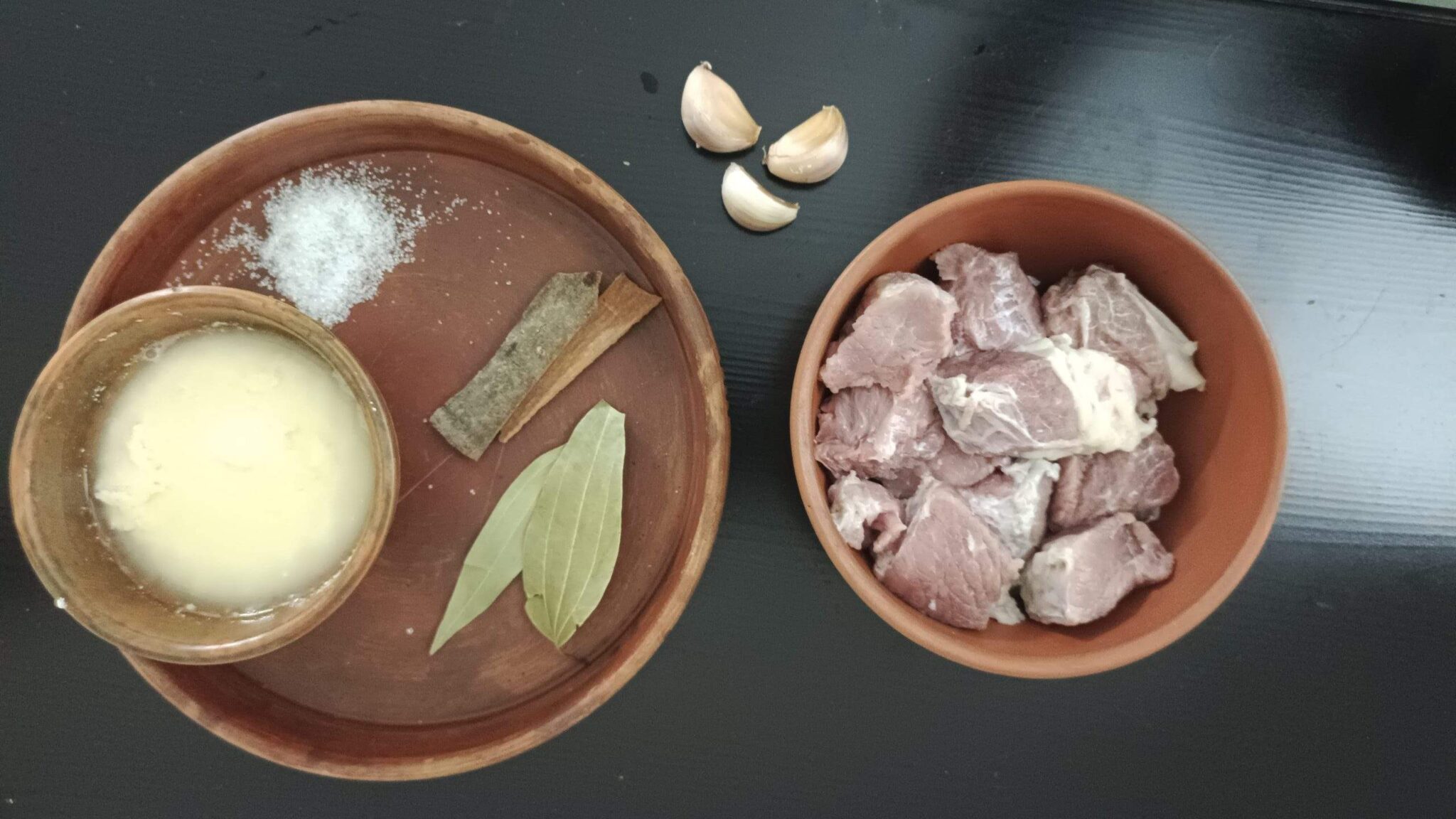
Instructions
- Marinate the meat with salt and keep it for 2-3 hours.
- Then wash the salt from the meat.
- Next marinate it again by adding all the spices and keep it in the fridge (if its mutton then keep it for 1.5 - 2 hours, in case of beef keep it for 3-4 hours)
- Then in a saucepan add the meat with all the spices and a bit of sugar and cook it until the water dries up.
- In another pot keep some water stored in case you need extra water to boil the meat.
- Next, deep fry the meat until it's brown and crispy.
- Ready to serve.
Nutrition

